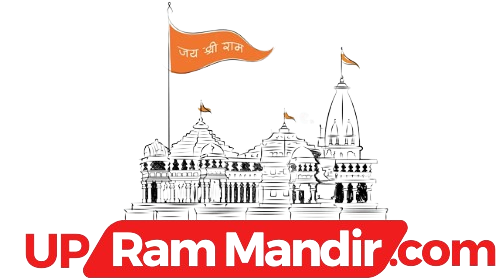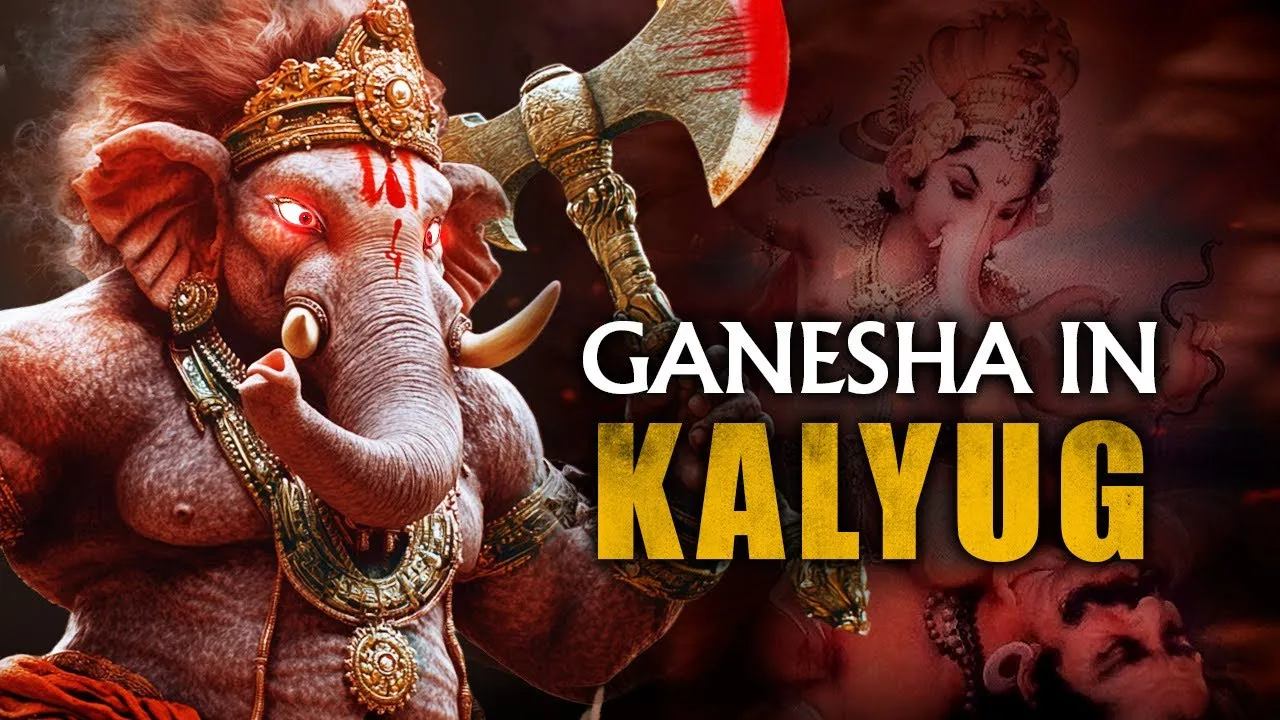The vibrant festival of Ganesh Chaturthi is upon us, filling the streets of Maharashtra with the beat of drums and joy. This ancient festival transcends caste, creed, and religion, symbolizing devotion, unity, and freedom. As families decorate their homes and prepare delectable modaks, devotees chant “Ganpati Bappa Morya” to welcome their beloved deity.
But do you know the deeper spiritual connection behind Ganesh’s avatars? In this blog, we explore the unknown facts of Lord Ganesh’s reincarnations across four Yugas and his anticipated return after 5000 years to support Lord Vishnu’s Kalki Avatar in the ultimate battle against evil.
Ganesh’s Avatars Across Four Yugas
According to ancient texts like the Ganesh Puran, Lord Ganesh took different forms in each of the four Yugas: Satyug, Treta Yug, Dwapar Yug, and Kalyug.
1. Satyug – The Avatar of Mahotkata
In Satyug, Ganesh appeared as Mahotkata, born to Dev Mata Aditi and Mahatma Kashyap. He wielded ten arms and rode a lion, destroying two powerful demons, Devantak and Narantak.
2. Treta Yug – The Avatar of Mayureshwar
During Treta Yug, Parvati meditated for years on Mount Kailash, resulting in Ganesh’s incarnation as Mayureshwar. He took on a divine form with six arms and rode a peacock. Mayureshwar’s mission was to defeat Sindhu, a demon who had gained immortality through Amrit. He liberated the universe by defeating Sindhu.
3. Dwapar Yug – The Avatar of Gajanana
In Dwapar Yug, Ganesh took on his well-known elephant-headed form, Gajanana, born to Mahadev and Mata Parvati. Gajanana’s purpose was to vanquish the demon Sindhurasur, the son of Lord Brahma, who had become too powerful. At the age of nine, Gajanana defeated the mighty demon, saving the world from destruction.
4. Kalyug – The Upcoming Avatar of Dhoomraketu
As Kalyug progresses, human society will become corrupt, leading to chaos and destruction. According to the Kalki Puran, by the end of Kalyug, the demon Kali will destroy righteousness and bring immense suffering. Lord Vishnu will return as Kalki Avatar, accompanied by Ganesh’s form as Dhoomraketu. Together, they will defeat Kali and his army of demons, restoring peace and dharma on earth.
The Significance of Dhoomraketu’s Arrival
Dhoomraketu, symbolizing smoke and fire, is predicted to appear on a blue horse, fighting alongside Kalki in the final battle to cleanse the world of evil. His arrival will mark the end of Kalyug and the beginning of a new era of peace and justice. Ganesh’s fourth incarnation is mentioned in the Bhavishya Puran, which foretells that he will destroy the corrupt and bring balance back to the universe.
The Eight Forms of Lord Ganesh
Ganesh is also known as Ashtavinayak, a name derived from his eight avatars, each representing the destruction of one of the eight evils in the human body. These avatars are:
- Vakratund – Vanquisher of jealousy and envy.
- Mahodar – The one who defeated Mohasur, the demon of attachment.
- Gajanana – Known for defeating pride and ego.
- Ekdant – Symbolizing overcoming anger.
- Vighnaraj – Destroyer of obstacles and ignorance.
- Dhumravarna – The fierce protector who will fight alongside Kalki.
Ganesh: The Creator of Riddhi and Siddhi
Known as the Remover of Obstacles, Lord Ganesh is worshipped before any new beginning. His 108 names, such as Vakratund, Ekdant, Lambodar, and Gauriputra, reflect his various roles in protecting humanity and defeating evil throughout history. As the creator of Riddhi and Siddhi, he is also the harbinger of prosperity and wisdom.
Conclusion: The Timeless Relevance of Ganesh Chaturthi
From ancient scriptures to our modern-day festivities, Ganesh Chaturthi remains an important symbol of devotion and unity. As we celebrate the return of our beloved Ganpati, let us remember the stories of his avatars and the lessons they teach us about fighting evil, both within and outside ourselves. Ganpati Bappa’s return after 5000 years may still be in the future, but his divine presence continues to guide us in our lives today.

